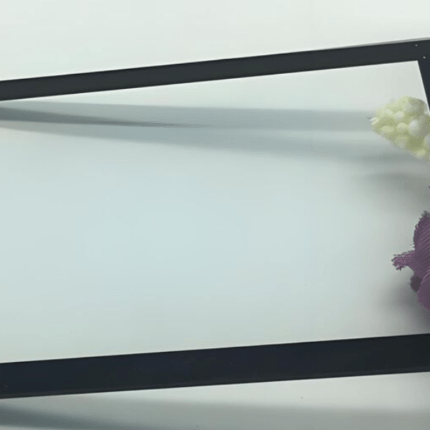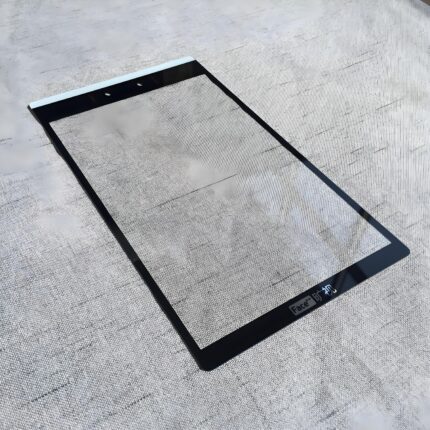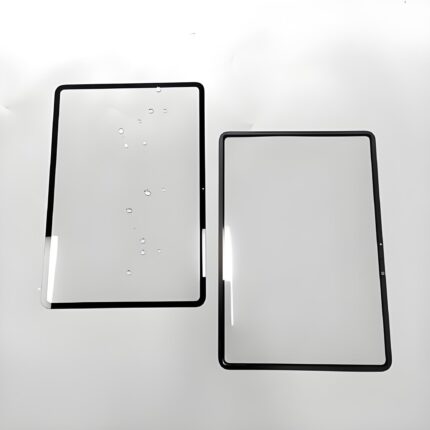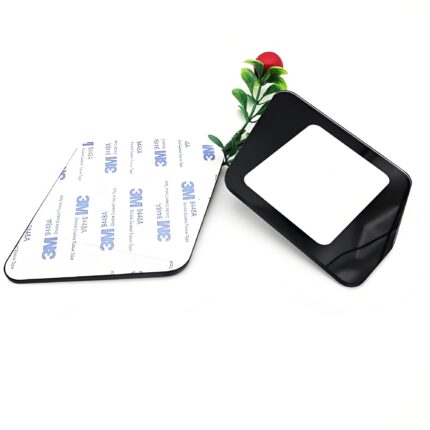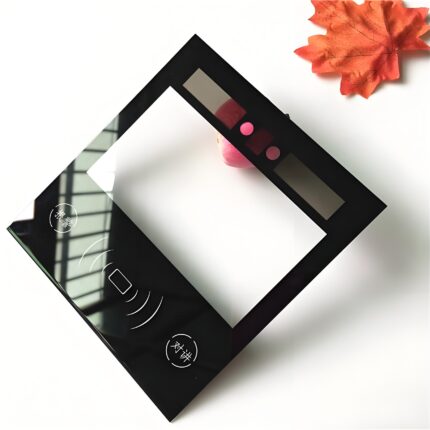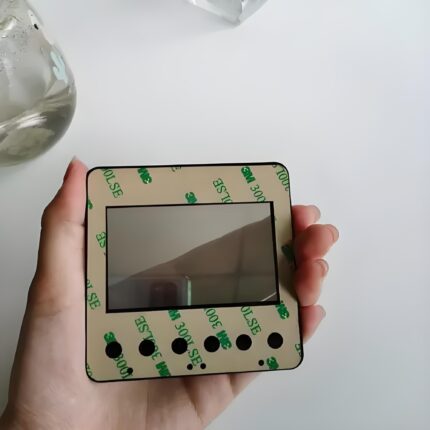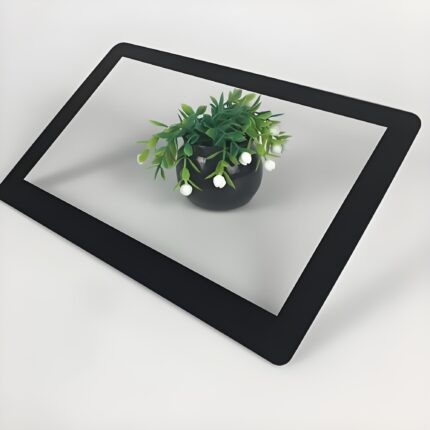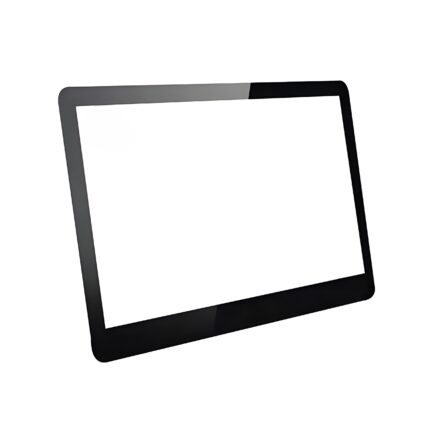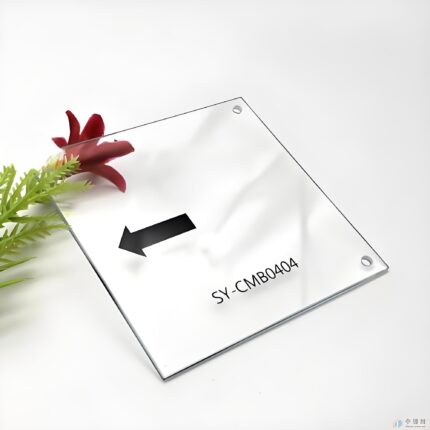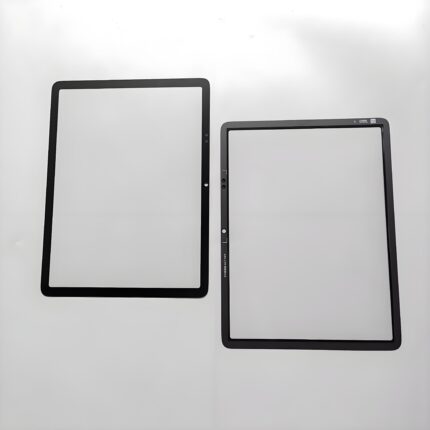Damage-Resistant Cover Glass: Protection for Sensitive Electronic Displays
Damage-Resistant Cover Glass: Protection for Sensitive Electronic Displays
Today’s fragile OLED and microLED displays demand cover glass that goes beyond basic protection. Modern damage-resistant solutions combine multiple protective technologies:
-
Triple-layer defense system:
-
800+ MPa chemically strengthened base layer
-
Shock-absorbing polymer interlayer
-
9H hardness scratch-resistant top coating
-
-
Military-grade durability:
✓ Survives 2m drops onto concrete
✓ Withstands 500g steel ball impacts
✓ Resists 50,000+ abrasion cycles -
Smart surface technologies:
• Self-healing nano-coatings that repair minor scratches
• Oleophobic layers that reduce fingerprint marks by 80%
• Anti-bacterial silver ion treatment for medical devices
These advanced solutions maintain >91% light transmission while protecting sensitive display components from:
→ Everyday pocket wear
→ Industrial environment hazards
→ Extreme temperature fluctuations
Damage-Resistant Cover Glass: Ultimate Protection for Premium Displays
The Critical Need for Advanced Display Protection
As display technologies become more sophisticated with thinner OLED and microLED panels, the demand for superior damage-resistant cover glass has never been greater. Modern protection solutions must defend against an expanding range of threats while maintaining perfect optical clarity. Today’s damage-resistant cover glass represents a technological leap beyond traditional solutions, combining material science innovations with intelligent engineering to create virtually indestructible surfaces.
Multi-Layer Protection Architecture
Base Layer: Chemically Strengthened Glass Core
The foundation of protection begins with advanced glass composition:
-
800-1000 MPa surface compression via deep ion exchange (50-100μm layer)
-
Aluminosilicate formulation for optimal strength-to-weight ratio
-
0.3-2.0mm thickness options balancing protection and flexibility
Shock-Absorbing Interlayer
A critical energy-dissipating component:
-
Polymer composite with viscoelastic properties
-
0.1-0.3mm thickness for impact absorption
-
Optically clear adhesive maintaining >91% transmission
Top Surface Defense
The first line of defense features:
-
9H hardness coating (equivalent to sapphire)
-
Nano-scale texture reducing friction and scratches
-
Oleophobic treatment repelling oils and fingerprints
Certified Durability Performance
Impact Resistance Testing
Independent laboratory verification confirms:
-
2m drop survival onto rough concrete (MIL-STD-810G)
-
500g steel ball impact from 1.2m height
-
Edge impact resistance at critical stress points
Abrasion and Wear Testing
Long-term durability validation:
-
50,000+ Taber abrasion cycles (ASTM D1044)
-
10,000+ wipe cycles with cleaning solutions
-
Pocket liner friction testing simulating 2+ years of use
Environmental Stress Testing
Protection under extreme conditions:
-
-40°C to 85°C thermal cycling
-
95% relative humidity exposure
-
UV radiation resistance (500+ hours)
Intelligent Surface Technologies
Self-Healing Nanocoatings
Cutting-edge protective layers:
-
Microcapsule technology releases healing agents
-
Heat or UV-activated repair mechanisms
-
5μm scratch recovery within 24 hours
Advanced Oleophobic Solutions
Fingerprint and smudge defense:
-
80% reduction in visible fingerprints
-
50% easier cleaning versus standard glass
-
Long-lasting performance (3+ years)
Anti-Microbial Protection
Critical for medical and public displays:
-
Silver ion technology inhibits bacterial growth
-
99% reduction in surface microbes
-
Non-toxic and permanent effectiveness
Optical Performance Maintenance
Light Transmission Optimization
Despite robust protection:
-
>91% visible light transmission
-
<2% reflectivity with AR coatings
-
<0.8% haze for perfect clarity
Color Accuracy Preservation
Essential for professional displays:
-
Delta E <1.0 color shift
-
Neutral tint (a* and b* <0.5)
-
UV filtering to prevent OLED degradation
Application-Specific Solutions
Consumer Electronics
-
0.5mm ultra-thin smartphone versions
-
3D formed edges for bezel-less designs
-
Under-display camera compatibility
Automotive Displays
-
Vibration-resistant laminated structures
-
Heated glass options for cold climates
-
Anti-glare for sunlight readability
Medical Equipment
-
Sterilization-compatible formulations
-
Chemical-resistant surfaces
-
EMI shielding for sensitive environments
Selection Guidelines
Key Specification Considerations
-
Environmental requirements (temperature, chemicals, UV)
-
Impact protection level needed
-
Optical parameters (transmission, clarity)
-
Special features (self-healing, anti-microbial)
Performance Validation
Recommended testing protocol:
-
Initial optical measurements
-
Mechanical stress testing
-
Environmental aging
-
Final optical verification



